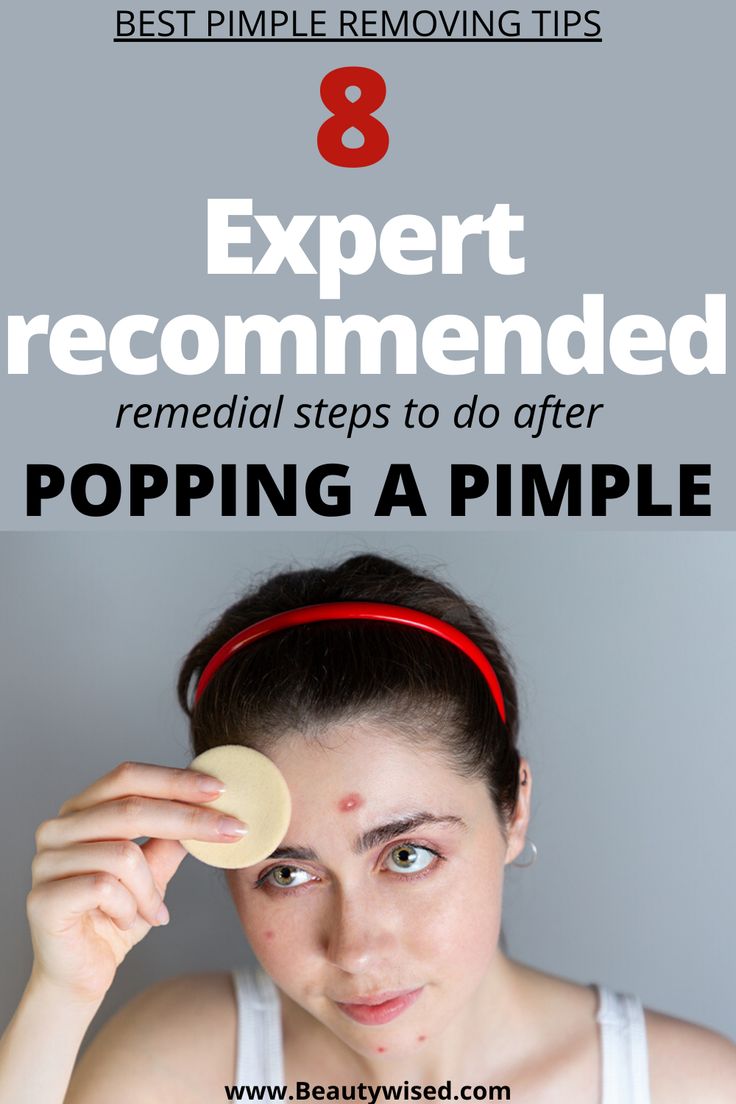Pimple Popping: A Dermatologist's Guide to Safe and Effective At-Home Treatment
Are you tempted to squeeze that pesky pimple? We understand. That satisfying pop can be hard to resist. But before you reach for your fingers, consider this: improper pimple popping can lead to scarring, infection, and prolonged inflammation. This dermatologist's guide will walk you through safe and effective at-home pimple treatment, explaining when to leave it alone and when (and how) to intervene.
Understanding Pimples: More Than Just a Blemish
Before we dive into treatment, let's understand what causes pimples. Pimples, or acne, are caused by a buildup of sebum (oil), dead skin cells, and bacteria within the pores of your skin. This blockage creates a perfect environment for inflammation and the formation of a visible pimple. Different types of pimples exist, each requiring a slightly different approach:
- Whiteheads: Closed comedones, appearing as small, flesh-colored bumps.
- Blackheads: Open comedones, appearing as dark spots due to oxidized sebum.
- Papules: Small, red, inflamed bumps.
- Pustules: Papules with a visible pus-filled head (this is what most people associate with "pimple popping").
- Nodules: Larger, deeper, and more painful inflamed bumps.
- Cysts: Large, deep, painful, and potentially pus-filled lumps.
Important Note: Never attempt to pop nodules or cysts at home. These require professional medical attention. Improper handling can lead to significant scarring and infection.
When to Leave It Alone: The Hands-Off Approach
Resist the urge to pop pimples in these situations:
- If it's a deep lesion (nodule or cyst): Squeezing these will only worsen the inflammation and increase the risk of scarring.
- If it's not ready: A pimple needs a visible whitehead (pus-filled top) to be safely extracted. Premature popping can push infection deeper into the skin.
- If you have sensitive skin: Popping pimples can further irritate already sensitive skin, leading to redness, inflammation, and potential scarring.
- If you're unsure: When in doubt, always consult a dermatologist.
Safe and Effective At-Home Pimple Treatment: When Popping is an Option
If you have a pimple with a visible whitehead, and you're determined to pop it (though we still encourage caution!), follow these steps meticulously:
- Cleanse your hands and face: Thoroughly wash your hands and face with a gentle cleanser to remove dirt and bacteria.
- Warm compress: Apply a warm compress to the pimple for a few minutes to soften the skin and encourage the pus to surface.
- Sterilize your tools: Use clean, sterilized tools. Never use your fingers! A clean needle or comedone extractor is ideal. Sterilize with rubbing alcohol.
- Gentle extraction: Gently apply pressure on either side of the whitehead, allowing the pus to drain. Avoid excessive squeezing or digging.
- Cleanse again: After extraction, cleanse the area again with a gentle cleanser.
- Apply a spot treatment: Apply a topical acne treatment containing benzoyl peroxide or salicylic acid to prevent further infection.
- Avoid touching: Refrain from touching or picking at the area throughout the healing process.
Preventing Future Breakouts
Prevention is key. Maintain a consistent skincare routine to prevent future breakouts:
- Gentle cleansing: Wash your face twice a day with a gentle cleanser.
- Exfoliation: Regularly exfoliate to remove dead skin cells.
- Moisturizing: Use a lightweight, non-comedogenic moisturizer.
- Sunscreen: Protect your skin from sun damage with a broad-spectrum sunscreen.
- Healthy diet: A balanced diet can contribute to healthy skin.
- Stress management: Stress can exacerbate acne.
When to See a Dermatologist
While at-home treatment can be effective for some pimples, consult a dermatologist if:
- You experience persistent or severe acne.
- You develop acne scars.
- You have a pimple that is extremely painful, large, or deep.
- You notice signs of infection (increased pain, redness, swelling).
By following these guidelines, you can minimize the risks associated with pimple popping and maintain healthy, clear skin. Remember, prevention is always the best approach. If you have any concerns, consult a dermatologist for personalized advice.

